Fortify Your Haven: Unlock Peace with Effective Security Strategies
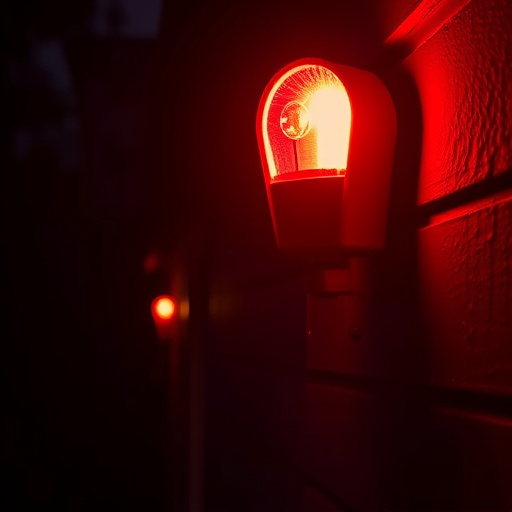
Step into your sanctuary, knowing every detail has been carefully considered for your peace of mind……..
We are At Your Service
In today’s world, ensuring home security is a top priority for many individuals and families. With the increasing prevalence of break-ins and burglary, understanding how to prevent these incidents effectively has become more crucial than ever. This comprehensive article aims to guide readers through a vast array of strategies and practices that constitute ‘home security’ and provide practical insights into fortifying personal spaces against unwanted intrusions. By the end, you’ll be equipped with the knowledge to make informed decisions about your home’s safety.
Definition:
‘How to Prevent Break-Ins: Effective Home Security Tips’ refers to a set of measures, technologies, and practices designed to safeguard homes from unauthorized entry, theft, or damage. It encompasses various strategies, ranging from physical barriers to advanced surveillance systems, aimed at deterring potential burglars and ensuring the safety and peace of mind of homeowners.
Core Components:
Historical Context:
Home security practices have evolved significantly over the years, influenced by advancements in technology and societal changes. In the past, simple locks and alarm systems were the primary defenses. However, with the rise of sophisticated criminal activities, there’s been a growing demand for more advanced and integrated security solutions. The digital age has seen the emergence of smart home security systems, offering remote access and improved monitoring capabilities.
Significance:
Implementing effective home security tips is paramount for several reasons:
The concept of home security is a global phenomenon, yet its implementation varies across different countries and regions, influenced by cultural norms, economic factors, and local crime statistics.
The home security market is a significant economic sector, influenced by various factors:
| Factor | Impact |
|---|---|
| Market Size: The global home security market was valued at USD 156.4 billion in 2020 and is projected to grow at a CAGR of 7-8% from 2021 to 2028. | Reflects the increasing demand for robust security solutions. |
| Investment Patterns: Homeowners invest in security systems as a long-term asset, with many seeking peace of mind and protection for valuable items. | Leads to steady investment in research, development, and product innovation. |
| Economic Growth: Rising incomes and urban populations drive the demand for advanced home security technologies. | Results in increased competition and the emergence of specialized security service providers. |
| Security Awareness Campaigns: Government-led initiatives and public awareness campaigns can influence homeowners’ decisions to invest in security measures. | Can accelerate market growth by promoting proactive security adoption. |
Technology plays a pivotal role in modern home security, offering innovative solutions and enhancing protection:
Government policies and regulations significantly impact home security practices:
Despite the numerous benefits, home security practices face several challenges:
Solutions and Strategies:
Singapore’s ‘Intelligent Nation’ program includes a comprehensive security strategy. The government has implemented a nationwide surveillance system with high-resolution cameras and facial recognition technology. This initiative aims to deter crimes, manage traffic, and enhance public safety. The success lies in the integration of advanced tech with efficient data management, ensuring privacy while maintaining security.
The ‘Secure by Design’ program in Melbourne focuses on community engagement and education. It encourages neighbors to watch out for each other, install security cameras, and participate in regular drills. This collaborative approach has significantly reduced break-in rates, demonstrating the power of community involvement in home security.
A luxury retirement village in California adopted a comprehensive security system with biometric access control, motion sensors, and 24/7 monitoring. This advanced setup ensures the safety of residents, many of whom have unique medical needs. The system’s success lies in its adaptability to individual requirements while maintaining robust security.
The future of home security looks promising, with several emerging trends shaping the industry:
In conclusion, ‘How to Prevent Break-Ins: Effective Home Security Tips’ is a dynamic field that plays a crucial role in safeguarding individuals and their homes. By embracing technological advancements, fostering community engagement, and staying informed about the latest trends, we can create safer living environments. As security threats continue to evolve, so must our strategies, ensuring that homes remain fortresses of peace and protection for years to come.
Q: How much does a home security system cost?
A: The cost varies widely depending on the system’s complexity and features. Basic systems can start from a few hundred dollars, while advanced smart home setups can reach several thousand dollars. Customized solutions are available to suit various budgets.
Q: Are security cameras invasive of privacy?
A: When used responsibly, security cameras are powerful tools for deterring crime. Many modern systems offer privacy protections, such as data encryption and the ability to control access to footage. It’s essential to comply with local regulations and respect neighbors’ privacy.
Q: Can I install a security system myself?
A: Some basic systems can be DIY (Do-It-Yourself), but complex setups often require professional installation for optimal performance and safety. Professionals have the expertise to integrate various components seamlessly.
Q: How do I choose the best alarm company?
A: Consider factors like reputation, customer reviews, system features, monitoring options, and pricing. Research companies thoroughly and read independent assessments to make an informed decision.
Q: Are there any government incentives for installing home security systems?
A: Yes, many countries offer incentives, grants, or tax benefits to encourage the adoption of home security measures, especially in high-risk areas. Check local government websites or contact relevant authorities for available programs.

Step into your sanctuary, knowing every detail has been carefully considered for your peace of mind……..
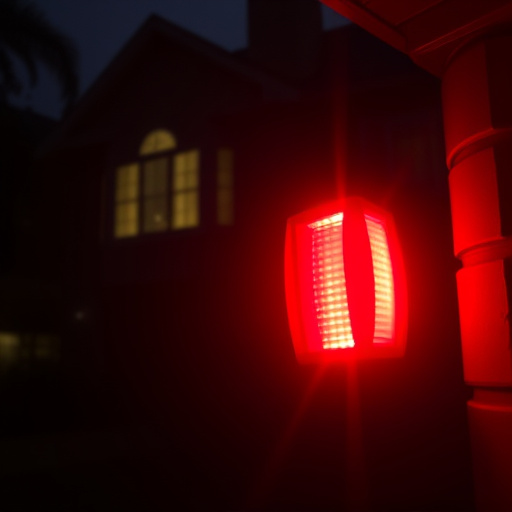
Imagine walking into your home, a sanctuary of peace and security after a long day. With smart, proa…….
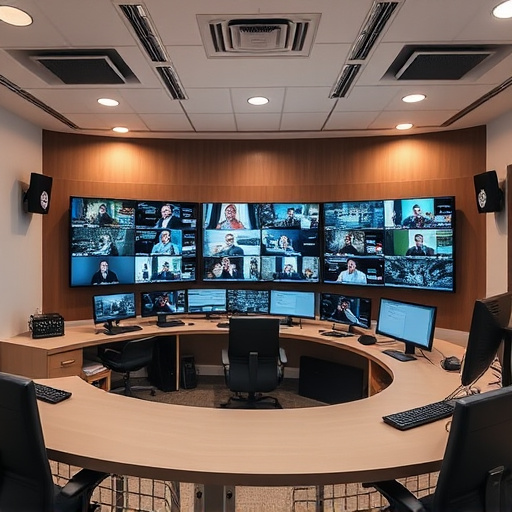
Transform your home into a secure haven with simple yet powerful secure home tactics. Embrace smart…….
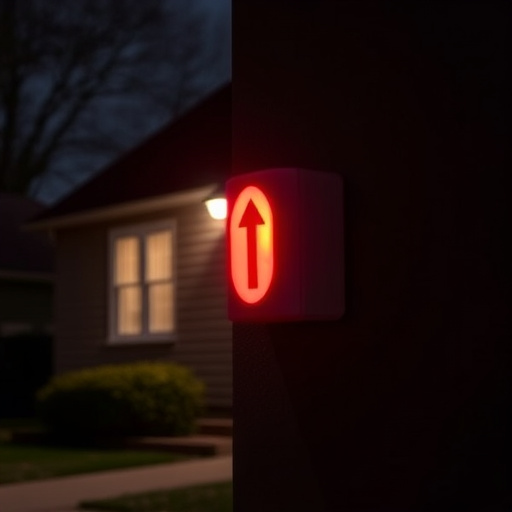
Step into your home and experience an unparalleled sense of security. With thoughtfully integrated h…….

Experience unparalleled peace of mind with our comprehensive guide to break-in prevention. Transform…….
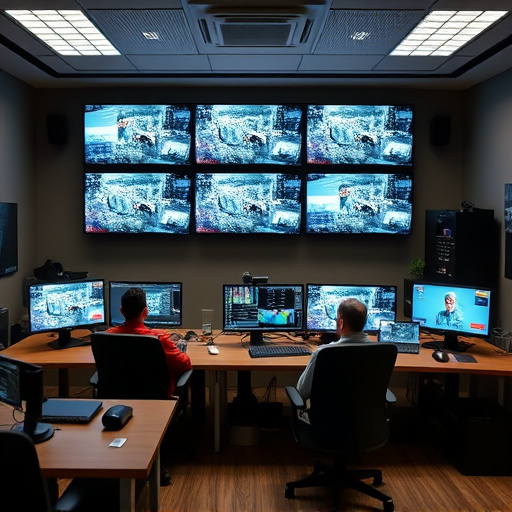
Transform your home into a haven of security and peace of mind with our simple yet powerful home sec…….

Step into your home as a safe haven, protected by a smart and subtle fortress of security. Preventin…….
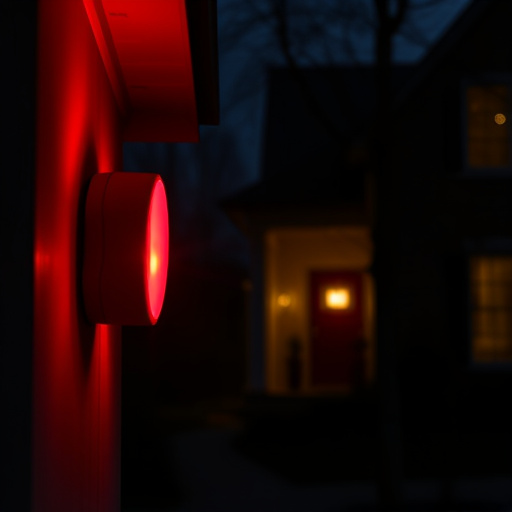
Unlock a new level of peace and security for your home with effective security strategies. By seamle…….